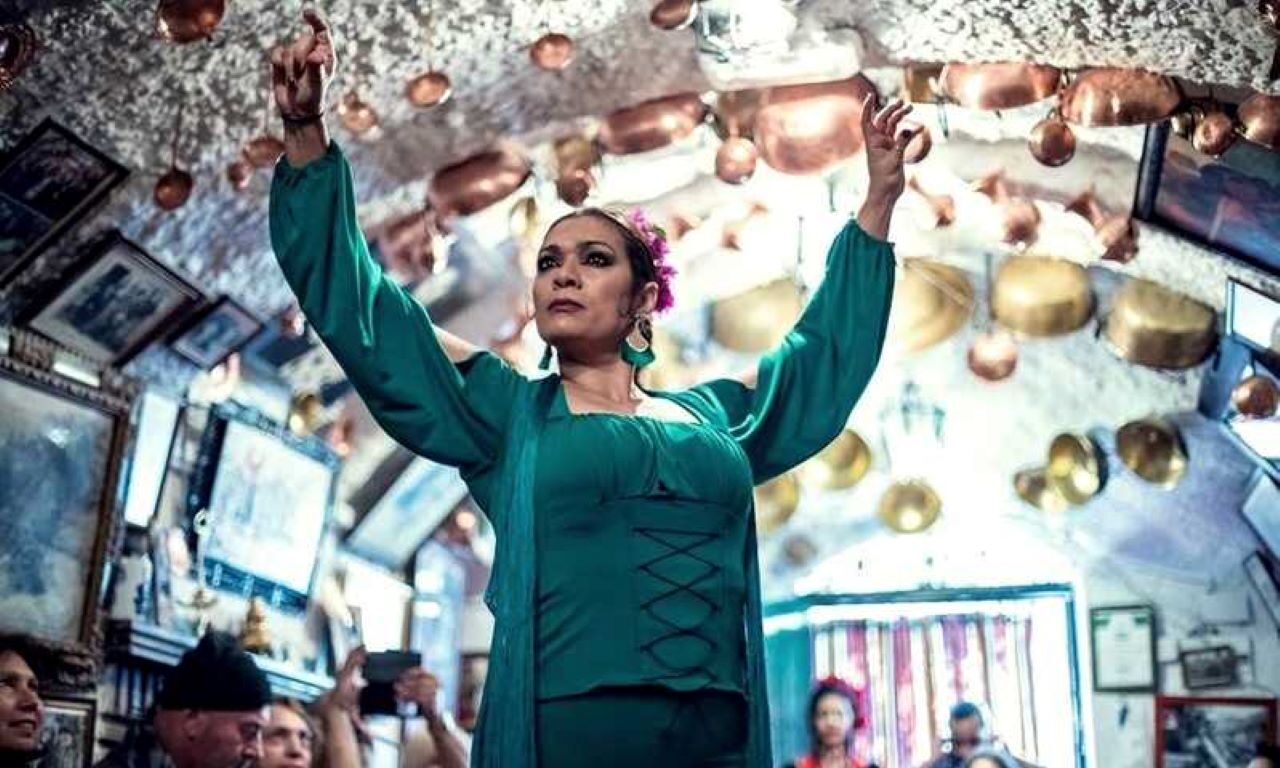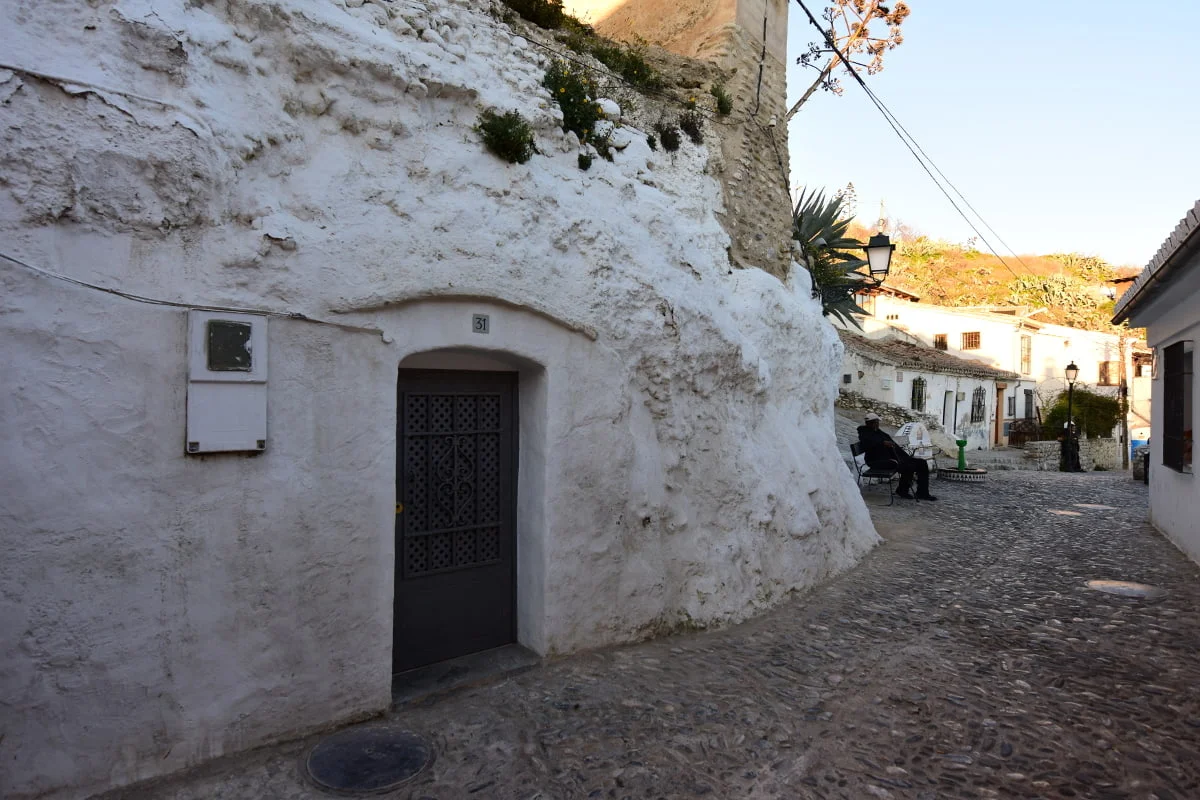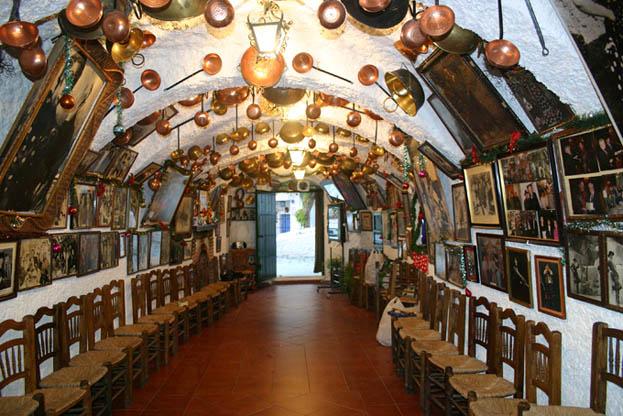Zambras is a dance that is the result of the coexistence of several cultures, but in its origins, the setting was also called zambras: the fabulous caves of Sacromonte in Granada, full of a special magic.

Zambras are a very characteristic flamenco dance that is part of the tradition of eastern Andalusia, specifically in the provinces of Almeria and Granada.. The term comes from the Arabic word zamr, meaning toccata.
At the beginning of its appearance, zambras were understood to mean both the place where the dances took place and the dance itself. And that place is the caves of the Sacromonte neighbourhood.
The caves of Sacromonte
It is believed that it was in the interior of the caves of Sacromontethe dwelling place of the gypsies of Granada, where this art was born as a product of the encounter of the gypsy and Moorish cultures. gypsy and Moorish. During the various persecutions that they suffered after the conquest of the Nasrid kingdom by the The Catholic Monarchs, both peoples identified with the same evils, came into contact with each other and, over time, the cultural elements of both communities were blended until they merged in this very particular dance.

Cuevas Sacromonte

Cuevas Sacromonte

Cuevas Sacromonte
The origin of these caves or rock-hewn houses is to be found in the forced migration of the s. XVI to which we have already mentioned that Arabs and Jews were forced from the capital, Granada, along with a small population of nomadic gypsies. These spaces were housing solutions in this part of the Granada highlands, the place to which the authorities had relegated them.
The Inquisition forbids zambras
Common at gypsy weddings, the zambra is in many ways reminiscent of the sensual belly dance. It is practised barefoot, wearing a blouse knotted below the chest and a long skirt with wide pleats, which gives the dancer the effect of floating in the air.
Despite being banned in the 16th century by the notorious Inquisition, the zambras managed to survive the religious veto, and the gypsy community continued to dance them underground.
It was from the 19th century onwards, thanks to the writings of romantic travelers such as Washington Irving, that they became known all over the world. It was also then that the zambra and flamenco were dignified and the caves became a symbol of Andalusian culture.
Zambras, caves and shows for tourists
What today is preserved as a zambra, it is a dance made up of three other dances: the alboreá, the cachucha and the mosca, which symbolise different moments of a gypsy wedding. This dance is accompanied by monotonous singing and playing, typical of the palos with strong folkloric roots.
Gypsies took advantage of the interest in this dance when it became internationally known to perform in the caves, where they still live and celebrate their zambras in privacy, but also where they put on shows for visitors and tourists. Manolo Caracol made famous a very personal style which he called zambra, but which has nothing to do with the original.
Live the dance of a zambra
Paula Sierra’s show, Flamenco Puro, reflects her love for classical flamenco. As accompaniment, the musicians include cello and violin. The zambra is one of the palos he performs, but there are many more. And you can find them all in ALL FLAMENCO.
